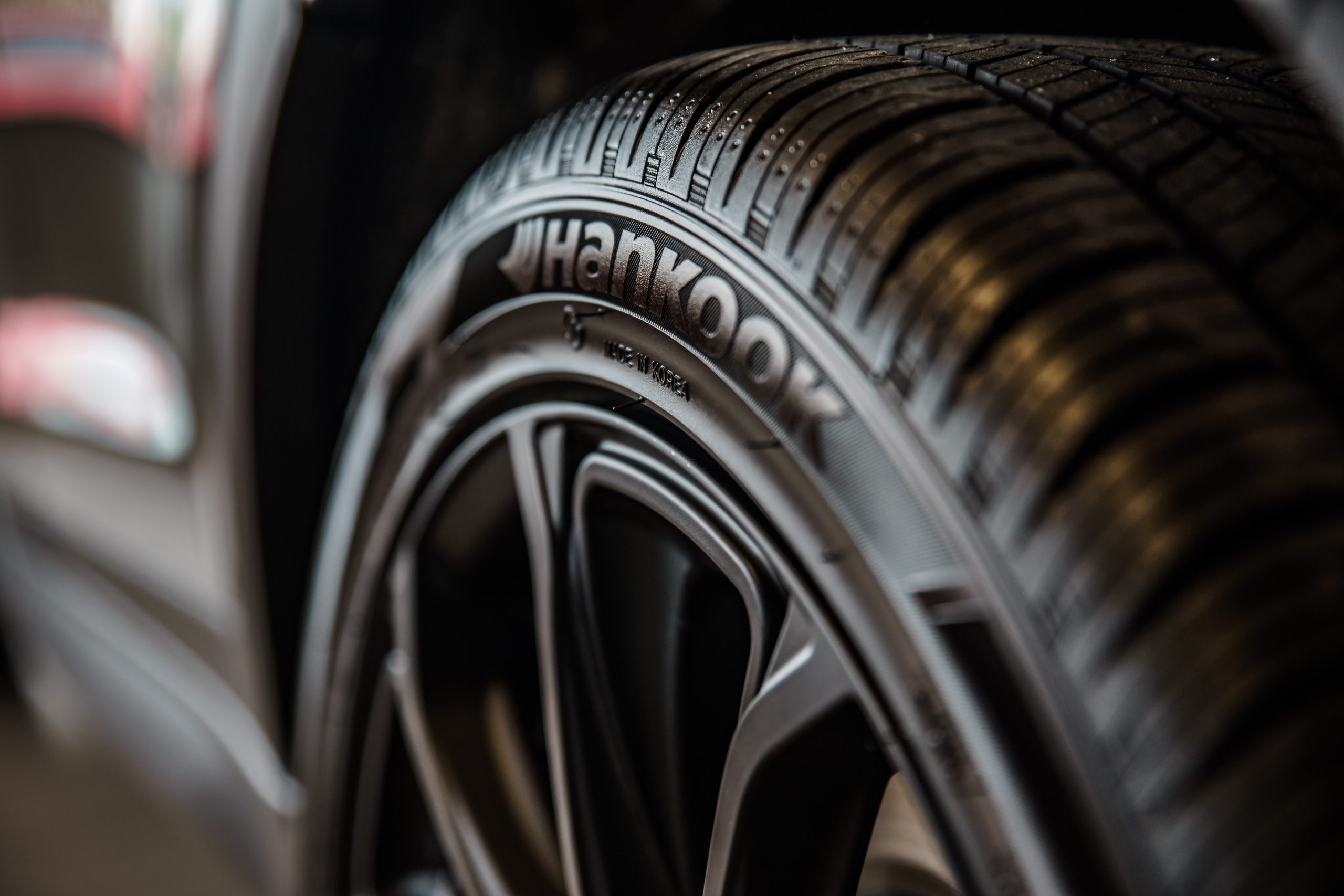Mistakes to Avoid When Looking for Car Wheels
Car Wheels can make your car look really good. The steel wheels fitted on your vehicle are no match to the aftermarket alloy wheels. They are not only visually appealing but also enhance the performance of your car.
There are several rim brands in the market, and not all are built the same. Your vehicle rests on the wheels, so you need to be careful when selecting one for your car. This article discusses a few mistakes to avoid when looking for alloy wheels.
Ignoring the Bolt Pattern
The bolt pattern is an essential aspect of the wheel. It refers to the diameter of the circle formed by wheel lugs. The bolt pattern is expressed in a specific number format like 5×108. It means the bolt pattern has five wheel lugs and the diameter of the bolt circle is 108mm.
Every car has a unique bolt pattern. It would help if you bought a compatible wheel to ensure it perfectly fits the vehicle. If you ignore the bolt pattern while purchasing a wheel, you will end up with a product that does not fit in the car, which is a waste of money.
Ignoring the Size of the Centre Bore of the Wheel
The centre bore refers to a large hole machined in the car wheel. Its primary function is to seat the wheel on the vehicle hub. When purchasing an alloy wheel, ensure the centre bore of the wheel matches the vehicle hub. You can measure the centre bore of the wheel by measuring its inner dimensions of the large central hole on the wheel.
Most aftermarket car wheels come with a larger centre bore that allows you to fit on most vehicles. If the centre bore is larger than the vehicle hub, you can use hub centric rings to adapt the wheel to the car.
However, it is safe to do only with lug centric wheels. Most aftermarket wheels are cantered by tightening the nuts down. It means the wheel does not rest on the vehicle hub, and the wheel will not be pushed away from the centre due to the vehicle’s weight.
Disregarding the Offset
The wheel’s offset refers to the distance from the centreline of the wheel to the hub mounting surface. The three-wheel offset types found in vehicles are negative, positive and zero offset.
- Zero Offset– when the middle of the wheel is properly aligned to the wheel’s hub-mounting point, it is zero offset. Most pickup trucks with rear fenders and older cars with rear-wheel drives have zero offset.
- Positive Offset– when the hub mounting point is towards the outer side, it is called a positive offset. This offset is generally seen in modern rear-wheel-drive cars and front-wheel cars.
- Negative offset– when the hub mounting point is towards the inner side, it is called negative offset. This kind of offset is found in sports cars with large fenders or older rear-wheel-drive vehicles.
You need to select a car rim with the right offset. Choosing a wrong offset could affect the handling of the car.
Dismissing the Material Quality
Car wheels are generally made of steel and aluminium. Steel wheels are strong but not shiny or lightweight. They are durable and easy to clean, making them a preferred choice.
On the other hand, aluminium wheels are lightweight but not as durable as steel. They are also susceptible to scratches, dirt, and dent. Chrome wheels are also popular, but the aesthetic appeal is achieved through the coating. The base material of the wheel could be steel or aluminium.
It would help if you stayed away from cheaper wheel models as they could be made of lower quality steel and aluminium. The weight is also an essential factor that can help you judge the build quality of the wheel. Compare the weights of the same size wheels.
A heavier wheel might be right for a pickup truck, while a lighter wheel could be ideal for a sports car. It would help if you compared aluminium and steel wheels of compatible sizes from different brands to decide. However, it would help if you stuck to the recommended wheel weight as a heavier wheel can lead to suspension problems and make your car less agile.
Ignoring the Wheel Size
You need to buy the perfect wheel size. The wrong size of the wheel could have diverse effects on the handling and performance of the car. A larger diameter wheel could improve responsiveness, but you should not go overboard in wheel size.
To sum up, these are some of the mistakes you should avoid when buying car wheels.

